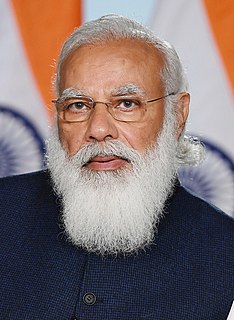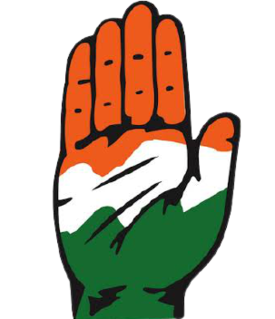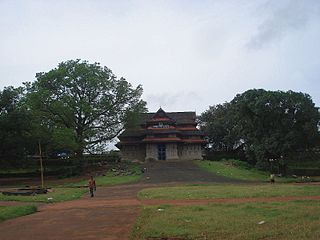This article is being considered for deletion in accordance with Wikipedia's deletion policy. Please share your thoughts on the matter at this article's deletion discussion page. |
| Prime Minister | Date of birth | Prime Minister |
|---|---|---|
| Manmohan Singh | 26 September 1932 | 2004–2014 |
| H. D. Deve Gowda | 18 May 1933 | 1996–1997 |
| Narendra Modi | 17 September 1950 | 2014–2024 |
This is a list of prime ministers of India by longevity. Where the person in question is still living, the longevity is calculated up to 27 September 2021.
Contents
Two measures of the longevity are given - this is to allow for the differing number of leap days occurring within the life of each prime minister. The first column is the number of days between date of birth and date of death, allowing for leap days; the second column breaks this number down into years and days, with the years being the number of whole years the prime minister lived, and the days being the remaining number of days after his/her last birthday.
If a prime minister served more than one non-consecutive term, the dates listed below are for the beginning of their first term, and the end of their final term.
The median age at which a prime minister first takes office is roughly 64 years and 166 days, which falls between Narendra Modi and P. V. Narasimha Rao. The oldest person to become Prime Minister was Morarji Desai, who became Prime Minister at the age of 81 years, 23 days. The youngest person to become Prime Minister was Rajiv Gandhi, who became Prime Minister at the age of 40 years, 72 days.

The oldest living prime minister is Manmohan Singh, born 26 September 1932 (aged 89 years, 1 day). The youngest living prime minister is the incumbent Narendra Modi, born 17 September 1950 (aged 71 years, 10 days). Manmohan Singh and H. D. Deve Gowda are the only surviving former prime ministers of India.
The longest lived prime minister was Morarji Desai, who lived to the age of 99 years, 41 days. Atal Bihari Vajpayee was the second longest-lived prime minister, who lived to the age of 93 years, 234 days, 5 years and 172 days short of Desai. The oldest living prime minister Manmohan Singh will tie Vajpayee if he lives to 1 June 2026, and tie Desai if he lives to 6 November 2031. The shortest lived prime minister was Rajiv Gandhi, who was assassinated at the age of 46 years, 274 days. Lal Bahadur Shastri is the only prime minister to die abroad, when he died in Tashkent, the capital of Uzbek SSR in 1966.
The prime minister with the longest retirement is H. D. Deve Gowda. He left office 24 years, 159 days ago on 21 April 1997 and is still alive. The prime minister with the shortest retirement is Rajiv Gandhi, who died on 21 May 1991, 1 year and 170 days after leaving office on 2 December 1989.
Narendra Modi (17 September 1950) is the first prime minister of India to be born after the Independence of India. All other former prime ministers were born before the Independence of India.









